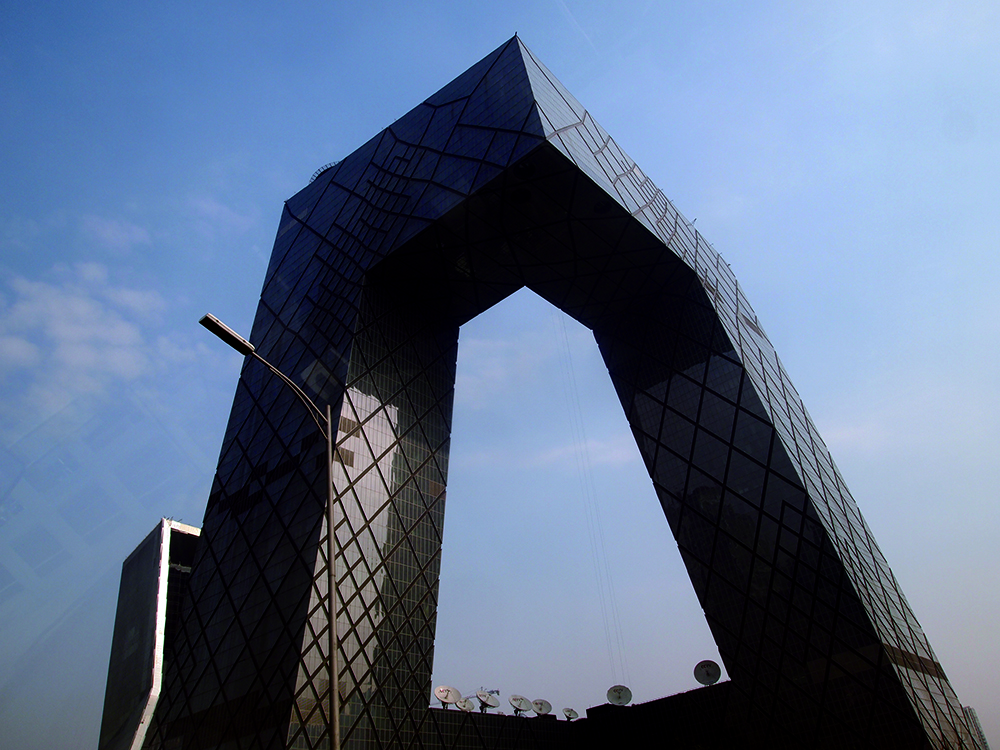 Two years ago, people didn’t talk much about anti-trust in China. At that time, the anti-monopoly law (AML) had remained silent since its enactment in 2008, and something like ‘dawn raid’ seemed to be a solely western phenomenon. Today, things are totally different. We have seen that the enforcement agencies are not only using dawn raid more frequently as a handy weapon against the investigated, but also taking a more aggressive approach towards foreign investors. As the enforcement agencies put more industries on the radar, the business ecosystem in many sectors will be permanently changed. For example, to most companies, the relationship with distributors is a red flag area where substantial anti-trust risks lie within. A manufacturer’s relationship with distributors is generally considered a vertical relationship, i.e. one of upstream and downstream companies in the supply chain of the market. Restrictions on vertical relationships are common tools used by manufacturers to manage their distributors, but few have realised that they need to make changes to set their companies on the right path in the new enforcement environment. Most companies that manage traders and distributors by controlling price and dividing markets are too small to attract the anti-trust authorities’ attention. However, companies are still vulnerable to anti-trust claims, especially multinational companies with a substantial market share in China, because they are likely to become the target of complaints or reports lodged by their competitors, whistle-blowers, or even customers. 1. Price restraints Setting maximum resale price seems to be safe, but the catch-all clause of Article 14 vests the enforcement agency with power to regulate any other unlisted monopoly agreements if such practice restricts or eliminates competition. Besides, if the maximum price is set below the cost of the commodity, the practice may be deemed ‘dumping’ in the context of the fair competition law. b) Recommended price 2. Territory and location restrictions a) Restrictions imposed by the company b) Restrictions imposed by the distributors c) Parallel channels 3. Loyalty programme The AML does not expressly regulate on loyalty programme. Whether a specific loyalty programme is legitimate is also a controversial issue even in jurisdictions where anti-trust laws are well developed. Considering the various and creative forms that a programme could take, it is suggested that a company seek legal advice before implementing a loyalty programme in any major anti-trust jurisdiction. One unique type of loyalty programme worthy of discussing is retroactive rebate. Retroactive rebate refers to a rebate provided to the distributor on all the quantities purchased if a certain volume threshold is met. This rebate is retroactive because it is applied retroactively up to the threshold. It would not make any significant difference for distributors to purchase from the company offering the rebate or from its competitors if the purchase does not meet the threshold. However, the fact that a rebate kicks in when the purchase reaches a certain threshold will give great attraction to the distributor, and render small competitors impossible to compete with the rebate provider on large-scale transactions. Such rebate might be deemed a disguised penalty against those not buying enough, and a distributor who could have diversified its procurement without such a rebate will now stick to the rebate provider for all of its demand to meet the threshold and receive the benefit. A manufacturer using a volume threshold is in fact squeezing out smaller competitors by inducing the distributors to buy more from the manufacturer, resulting in a serious decrease in the purchase from rival companies. In this scenario, if the manufacturer possesses a dominant market share, the discount might be seen by the enforcement agency as a potential risk involving abuse of market dominance. In addition to the exclusionary effect of the retroactive rebate, the reduction in unit price of the commodities as a result of the provision of such rebate could also cause price-related issues for large companies. By taking advantage of their operational scale, large companies are able to bring down the cost of commodities while output keeps increasing. In some cases, however, companies go too far by granting rebate higher than the decrease in cost, resulting in the unit price dropping below the cost of the commodity. It is likely to be considered predatory pricing (i.e. selling commodities at prices below cost without any justifiable cause that drives the competitors out of the market) when the company possesses a dominant market position. |
Martin Hu & Partners
8F, Kerry Parkside Office
1155 Fang Dian Road
Shanghai 201204, P. R. China
Tel: (86) 21 50101666
Fax: (86) 21 50101222
Email:
blake.yang@mhplawyer.com
info@mhplawyer.com
Website: www.mhplawyer.com














